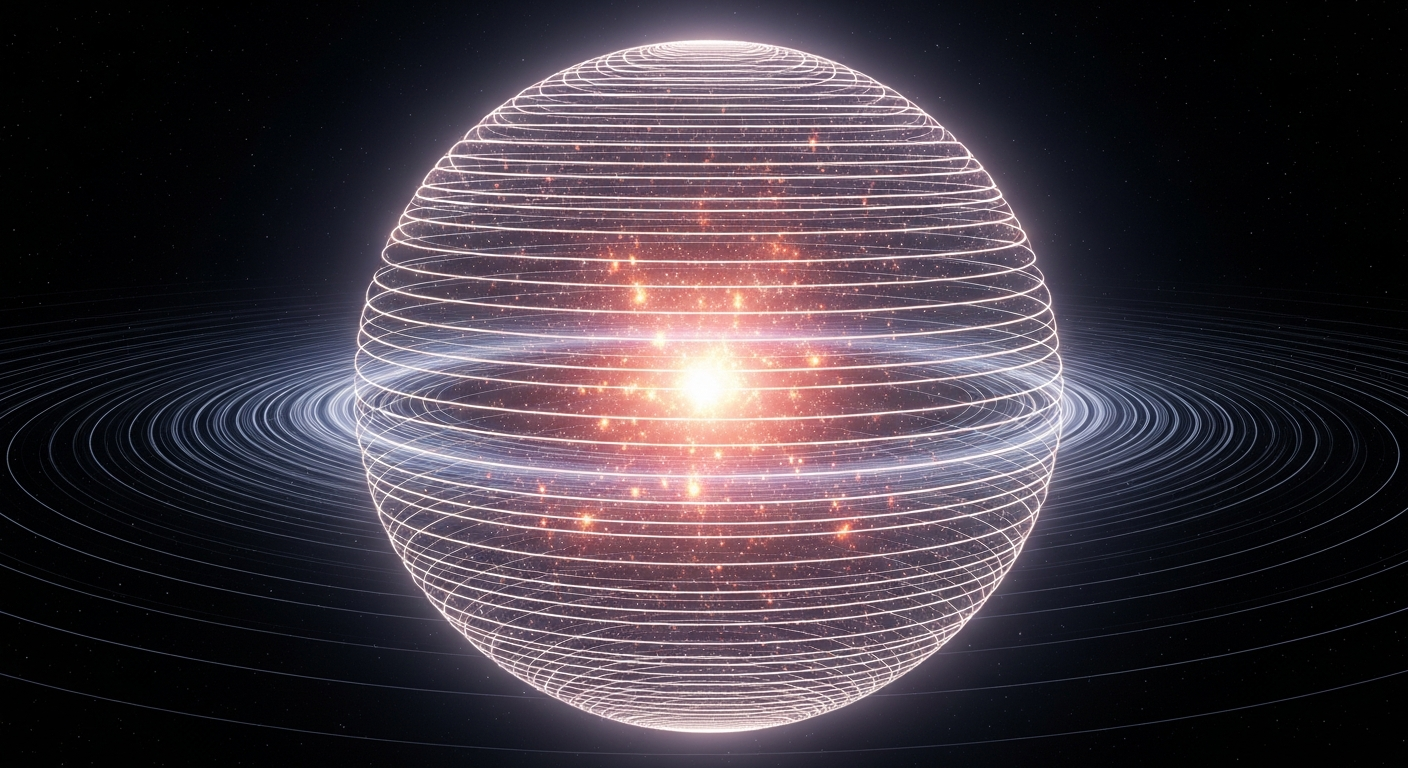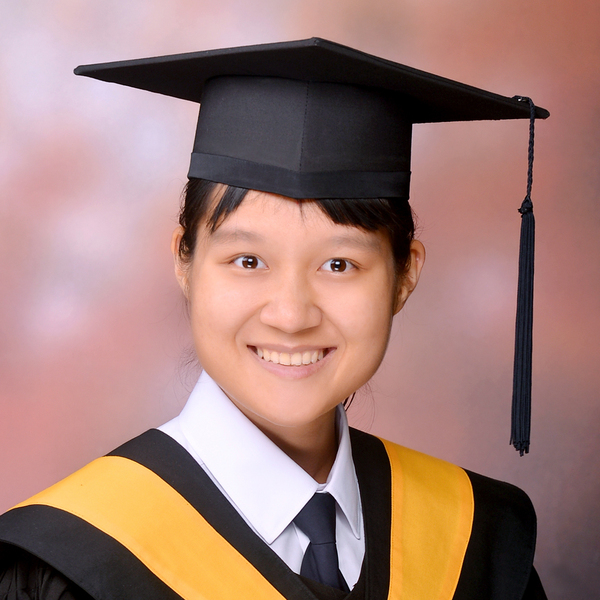CMB Constraints on Quantized Spatial Curvature $Ω_K$ in globally CPT-symmetric universes

In our latest paper, 2509.10379, we introduce a novel theoretical constraint on the spatial curvature of the universe, suggesting it may be restricted to a discrete set of values. The question of whether our universe is spatially flat, open, or closed is a cornerstone of modern cosmology. While a flat universe is a central pillar of the standard $\Lambda$CDM model, data from the Planck satellite has persistently shown a preference for a closed geometry (10.1051/0004-6361/201833910). This has created a well-documented tension with other datasets, though as our group has previously argued, Bayesian evidence can indeed favor a closed universe when analyzing the data carefully (10.1103/PhysRevD.103.L041301). This work, led by PhD student Wei-Ning Deng and Will Handley, proposes a new way to address this question from fundamental principles.
A Tale of Two Quantizations
Our investigation is rooted in the intriguing theoretical framework of a CPT-symmetric universe. In this model, solving the Friedmann equation in conformal time reveals a periodic solution for the scale factor. This periodicity implies that for physical consistency, cosmological perturbations must also adhere to this symmetry, leading to a quantization of their allowed wave vectors.
Independently, a spatially closed universe possesses a finite volume, which itself imposes a geometric quantization condition: the allowed comoving wave vectors must be integer multiples of a fundamental mode tied to the curvature radius.
The core insight of our work is to demand that these two distinct quantization conditions—one arising from CPT symmetry and the other from closed geometry—must be mutually consistent. Building upon our foundational work in 10.1103/PhysRevD.110.103528, we demonstrate that this consistency requirement imposes a powerful constraint, permitting only a discrete spectrum of values for the spatial curvature parameter, $\Omega_K$.
From Theory to Observation
To test this hypothesis against real-world data, we developed a sophisticated computational pipeline:
- Precision Calculation: We numerically solved the cosmological perturbation equations, incorporating radiation anisotropy and higher-order Boltzmann terms. This allowed us to calculate the characteristic spacing of the CPT-quantized wave vectors with high precision, capturing its dependence on cosmological parameters like $\Omega_m$, $\Omega_b$, $h$, and $\Omega_K$.
- Modified CMB Spectra: We adapted the Boltzmann solver
CLASSto generate Cosmic Microwave Background (CMB) power spectra using only the discrete basis of wave vectors allowed by our model. - Data Confrontation: Instead of running a new, computationally intensive MCMC analysis, we post-processed the publicly available
Planck 2018MCMC chains. We filtered these chains, retaining only the samples whose cosmological parameters satisfied our theoretical consistency condition, $\Delta \tilde k / \sqrt{\tilde{\kappa}} \approx N$, for some integer $N$.
Discrete Curvature and Planck’s Preference
Our analysis yields a discrete set of allowed values for the spatial curvature parameter, including $\Omega_K \in [-0.076, -0.039, -0.024, -0.016, -0.012, \dots]$, corresponding to integer values $N=3, 4, 5, 6, 7, \dots$ respectively. When comparing these discrete possibilities with the Planck likelihood, we find a clear preference. The data favors the $N=4$ solution, which corresponds to a spatial curvature of $\Omega_K \approx -0.039$.
This preferred solution points to a specific set of cosmological parameters that differ from the standard flat $\Lambda$CDM best-fit, a known consequence of parameter degeneracies within the CMB. To definitively test our model and distinguish between the allowed integer solutions, a joint analysis with other cosmological probes, such as Baryon Acoustic Oscillations (BAO), is essential. Crucially, such an analysis must treat spatial curvature as a free parameter consistently, as some BAO analyses can be biased towards flatness by their fiducial assumptions, a point explored in studies like 10.1093/mnras/stac2891.
This work represents a compelling step forward, bridging fundamental theory with observational data to suggest that one of the universe’s most basic properties—its curvature—may not be a continuous parameter, but a quantized one.


Content generated by gemini-2.5-pro using this prompt.
Image generated by imagen-4.0-generate-001 using this prompt.